I Refused to Go to Work After a Family Emergency—HR Got Involved

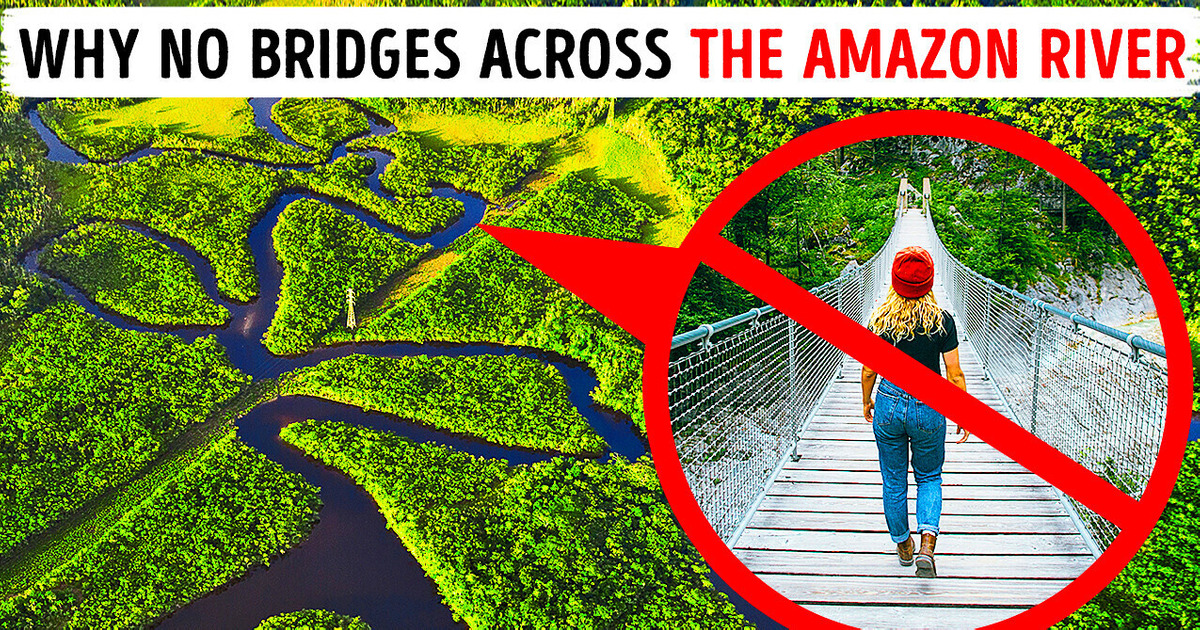
The Amazon River travels through 9 South American countries at a length of over 4,000 miles. Still, it’s impossible to cross it by a bridge. With the river being the main highway traveling through this dense forest and so few areas populated around the river, there’s just no reason to have one. The river can rise up to 30 feet, and the river crossings that were only 3 miles wide can expand to over 30 miles in just a few short weeks in certain spots, making a bridge nearly impossible to build here.
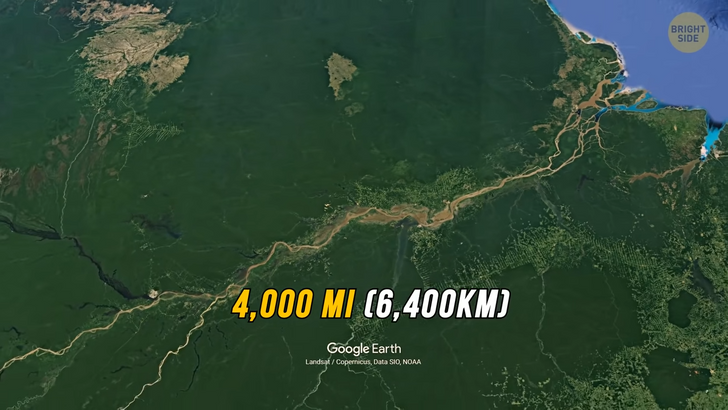
In New Zealand, in the coastal town of Moeraki, there are huge spherical boulders. Some rocks are 6 ½ feet tall and weigh about 7 tons — as much as 10 cows! Whew there’s a 10-cow boulder! Maori legend has it that these rocks are the remains of the goods from a large shipwreck that happened hundreds of years ago. From a more scientific perspective, it’s sand and gravel combined to form these giant boulders. Waves and winds give them a smooth round appearance over time. The whole process might take millions of years.
Indonesia’s Kawah Ijen Volcano is famous for a stunning turquoise-colored lake sitting at the top of the peak, but don’t dip in! It’s an acid lake, but its scariest part is the sulfuric gases leaking out when lava flows freely, reaching temperatures hotter than 1,000 degrees Fahrenheit! When those gases come in contact with the air, they combust into a spectacular electric blue flame! That’s why the volcano has blue lava.
The island of Surtsey, south of Iceland, was formed over 50 years ago by a volcanic eruption. It all began back in 1963 when a powerful volcanic eruption created one of the youngest islands on the planet. All sorts of bacteria, fungi, and molds began taking over the island, leading to numerous other animals finding their way here, like seals and birds. Birds and ocean waves deposited seeds all over the island. Sadly, the island’s getting smaller now because of water and wind erosion.
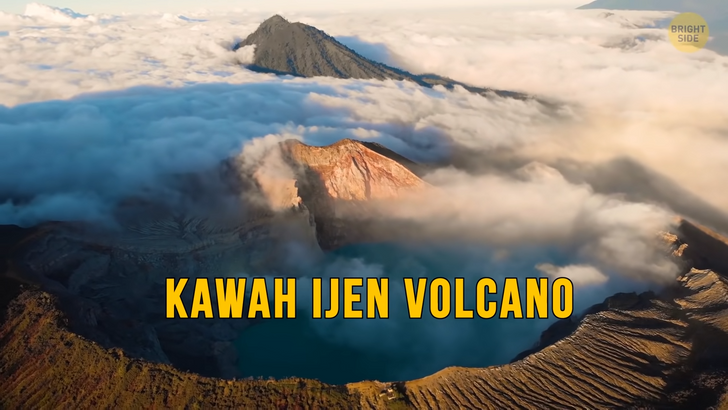
Located off the coast of Brazil, there’s an island called — I’m a bit rusty on my Portuguese, so I’m just going to put it on the screen — Ilha da Queimada. It looks perfectly untouched and pristine. Bad news: dangerous snakes overrun it completely, so take a doctor with you in case you wanna go there. Over 4,000 of the Golden Lancehead vipers inhabit this island. These 3 foot long snakes are among the most venomous in the entire world. Nah, I think I’ll skip that.
Landing down under, you can see the Opera house, Uluru, lots of kangaroos, and catch the strangest wave of the world — Wave Rock in Western Australia! It’s not made of water but stone. It can be up to 50 feet tall and almost 300 feet long. It’s especially incredible after rains in winter when the West Australian wildflowers fill up the entire landscape.
In Atlanta, there’s a World of Coca-Cola museum. The formula for the secret recipe is in a large security vault, heavily guarded at all times. Only a handful of people can get through those vault doors. Since its creation in 1886, the company has kept it a secret for only the most honest employees. In 2006, a former worker tried to sell the formula to Pepsi, only for Pepsi to call the police and inform Coca-Cola!

The polka dots lake is a must for anyone who is in British Columbia. After the summers’ scorching heat evaporates the lake’s water, it leaves behind yellow, blue, and green water spots. These pools are full of all sorts of minerals, like sodium, calcium, and magnesium sulfates that get concentrated in the pools. You can’t get too close or even dip your feet into them. A fence protects the entire lake with a sign about how culturally and ecologically sensitive the area is.
In Death Valley, California, there’s a mystery of the sailing stones. Since the early 1900s, the mystery of how all these stones were seemingly moving by themselves across the desert floor baffled everyone. Some believe that the rocks move by thin pieces of ice around the stones pushed by winds after winter. No one ever saw any of those rocks moving until 2014. Scientists set time-lapse recorders, and the footage showed the rocks sliding along the ground over time.
The Marble caves in Chile, located in the beautiful area of Patagonia, formed from over 6,000 years of waves wearing down the rocks. The crystal blue walls reflect the vibrant turquoise water, making it perfect for kayaking. Walking in Chestnut Ridge Park in New York, one can see an eternal flame. What makes this one stand out is it’s underneath a waterfall. Occasionally, the flame will go out for short periods, but it will light up again. Sometimes it’s thanks to certain hikers along the way.
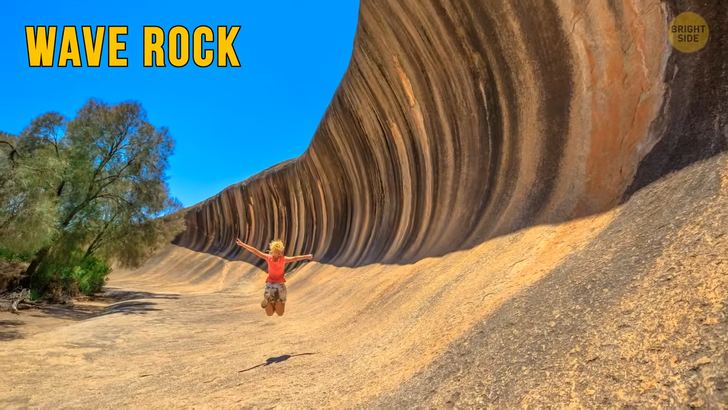
If you ever stop your car on a Magnetic Hill in New Brunswick, Canada, you’ll see the car might start rolling backwards up the hill, all by itself. While it looks like it’s moving the wrong way, this is just an illusion. There are several hills like this all around the world. What looks like an incline is the opposite. All because there’s no horizon for perspective.
The brightest bioluminescent bay in the world, called Puerto Mosquito, is located off the coast of Puerto Rico. The bay is named for the pirate, Roberto Cofresí, and his small boat, El Mosquito, not after those annoying insects. During the summer months, you’ll have glassy water at night with millions of tiny micro-organisms bumping into each other and emitting blue light!
The Chocolate Hills in the Philippines is a group of unusually shaped hills located in the middle of the island of Bohol in the Philippines. There are 1,000 to 2,000 discovered so far! They have nothing to do with chocolate at all, but they resemble the color after the dry season when the grass turns from green to brown.
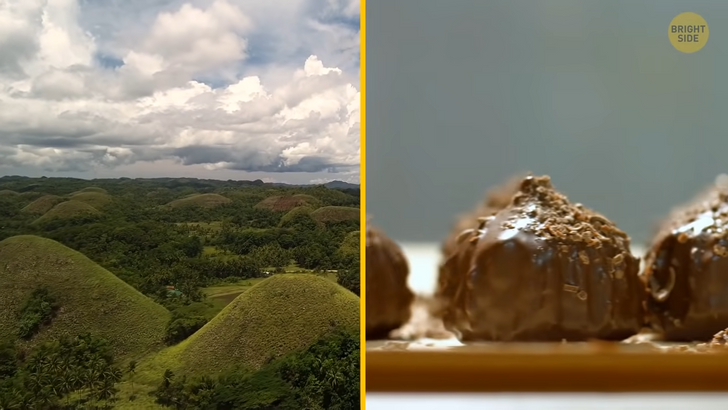
In the northeastern part of Thailand, 466 miles away from Bangkok, is a 75-million-year-old rock formation sticking right out of the mountains. Their shapes look just like a pod of whales swimming together. No wonder this place is called Three whale rocks! Millions of years ago, this area was just a desert, but this land has changed quite dramatically during this time. These sandstone mountains were lifted up by plate tectonics — that’s the shifting of the crust layers, called lithosphere—and erosion by the Mekong River, resulting in the strangely shaped rock formations we see today.
Salar de Uyuni in Bolivia is the world’s largest salt flat! At 4,050 square miles in size, it’s twice as large as Grand Canyon National Park! After winter has passed, the Salt Lake is transformed into a beautiful giant sky-reflecting mirror between September and May! With salt all the way to the horizon, it creates an illusion of endlessness. The thin layer of water leftover from the ice melting creates a shimmering effect of the sky, making it one of the best places to visit in the world.
The Catatumbo River in Venezuela might be the stormiest place in the world, with nearly 300 storm days a year! The lightning storms are so consistent, and they’re predicted 3 months in advance. During the wet season in October, you might see 30 lightning flashes in a single minute. At sunset, strong winds flow around the three surrounding mountains, forming storm clouds over the water. When the water droplets of humid air collide with ice crystals from the cold air, the static charges cause a lightning storm that happens nearly every night.
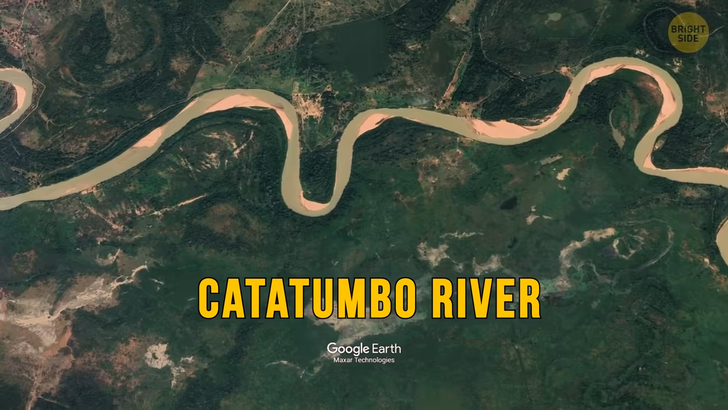
Off the southern tip of Japan lies the Yonaguni formation. Archaeologists believe that the monument belongs to a fabled pacific civilization—like Atlantis — that vanished beneath the waves thousands of years ago. If it’s truly a lost civilization or just nature having a little fun ——this is the site to dive into! Features inside the structure resemble stonework like castles, temples, and a stadium, connected by roads and what seems to be large walls all the way around!
There are even marks in the stone that appear to show quarry work, faded faces, and rocks sculpted into animal shapes. Some scientists believe that the symmetry of the stones is not as straight as reported. It appears solid rock —— rather than carved blocks —— weathered down by all the water over many years.
Plitvice Lakes National Park in Croatia is an interconnected chain of waterfalls —— the tallest being 230 feet —— and underground water channels, creating natural dams and lakes in such a picturesque environment. Found in the deep woodlands surrounded by meadows brimming with wildflowers, Brown bears, Grey wolves, Lynx, Deer, and plenty of rare bird species for bird watchers, call these 115 square miles of the national park home.











